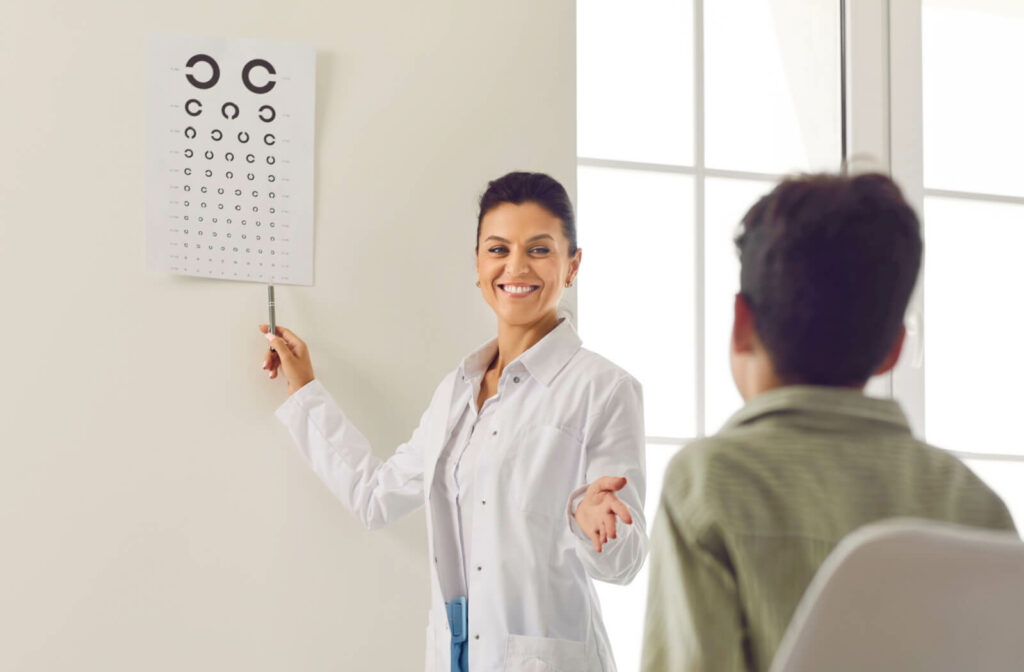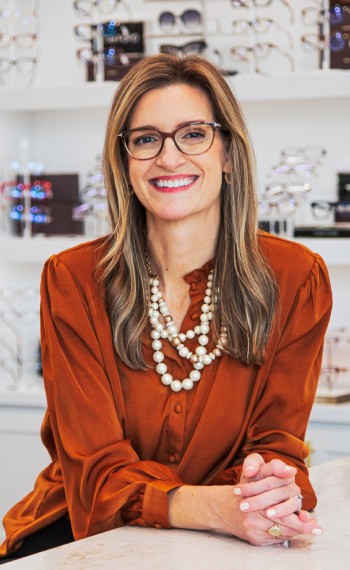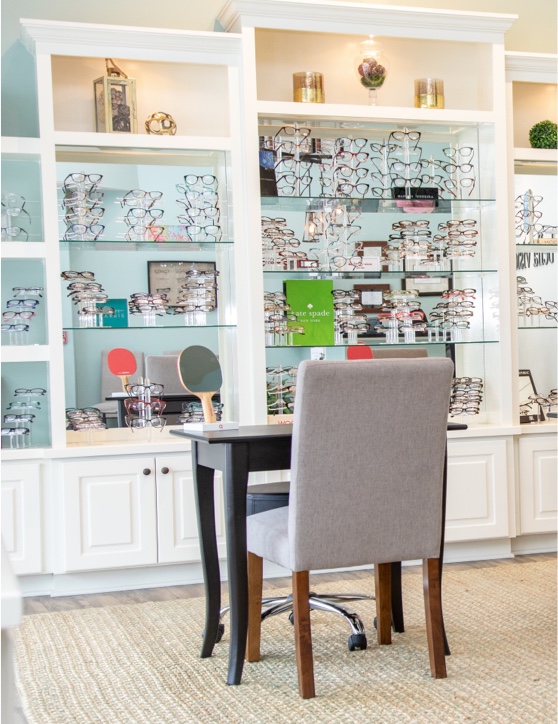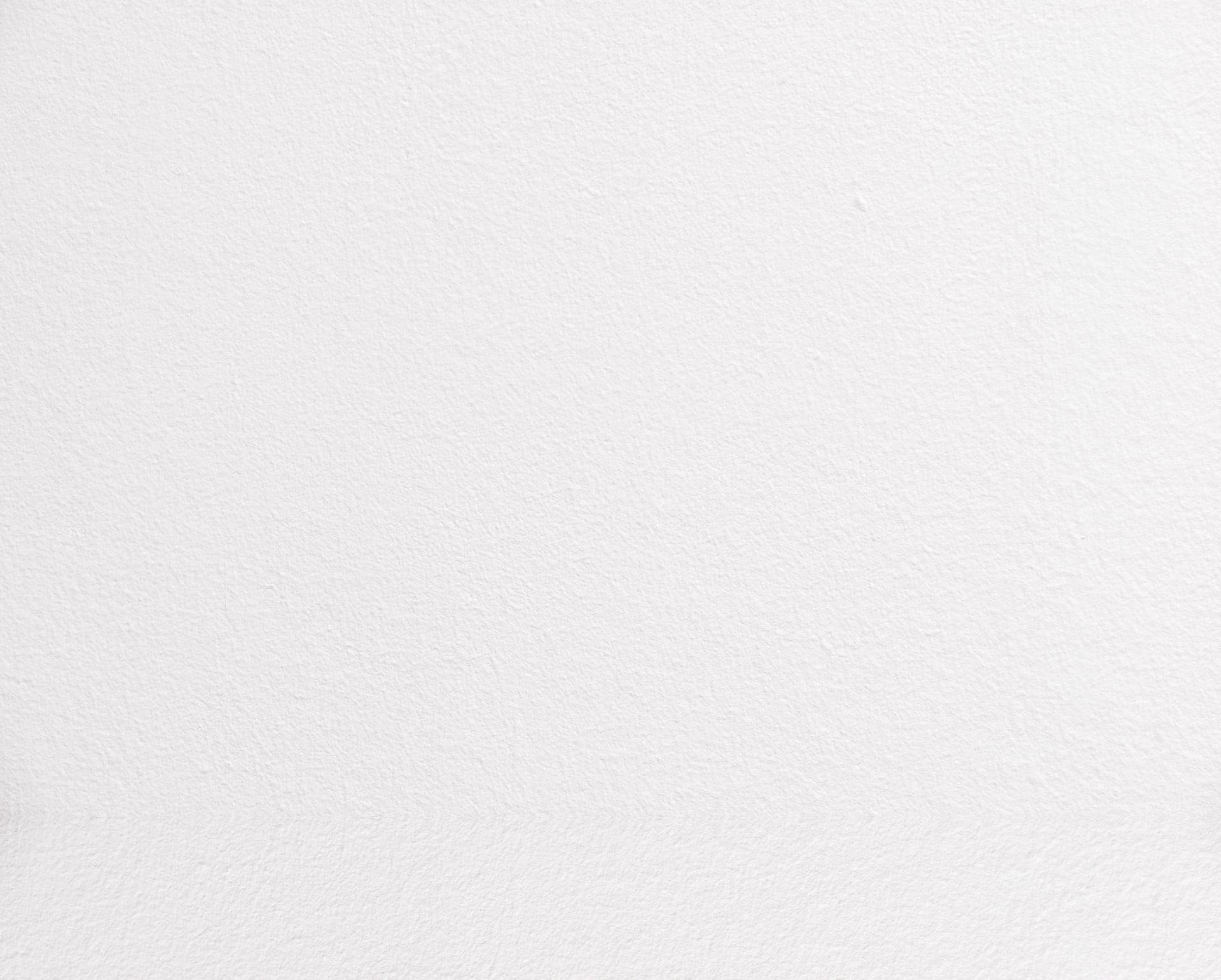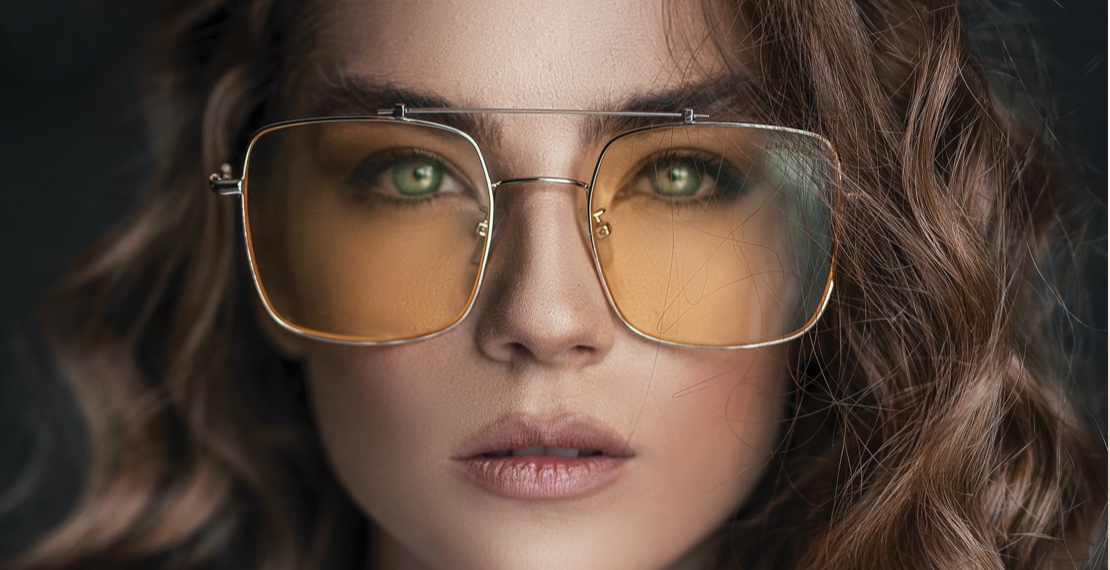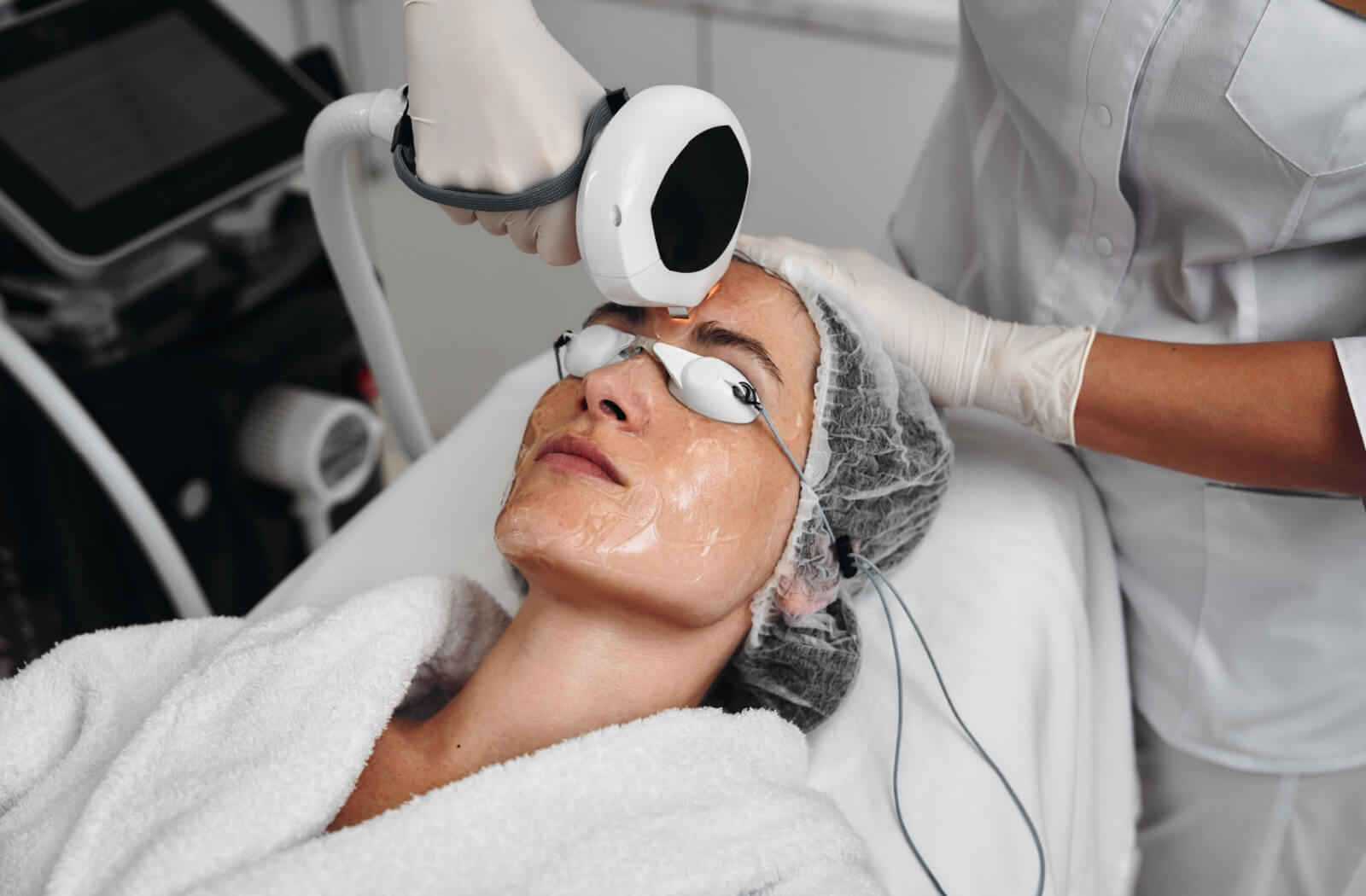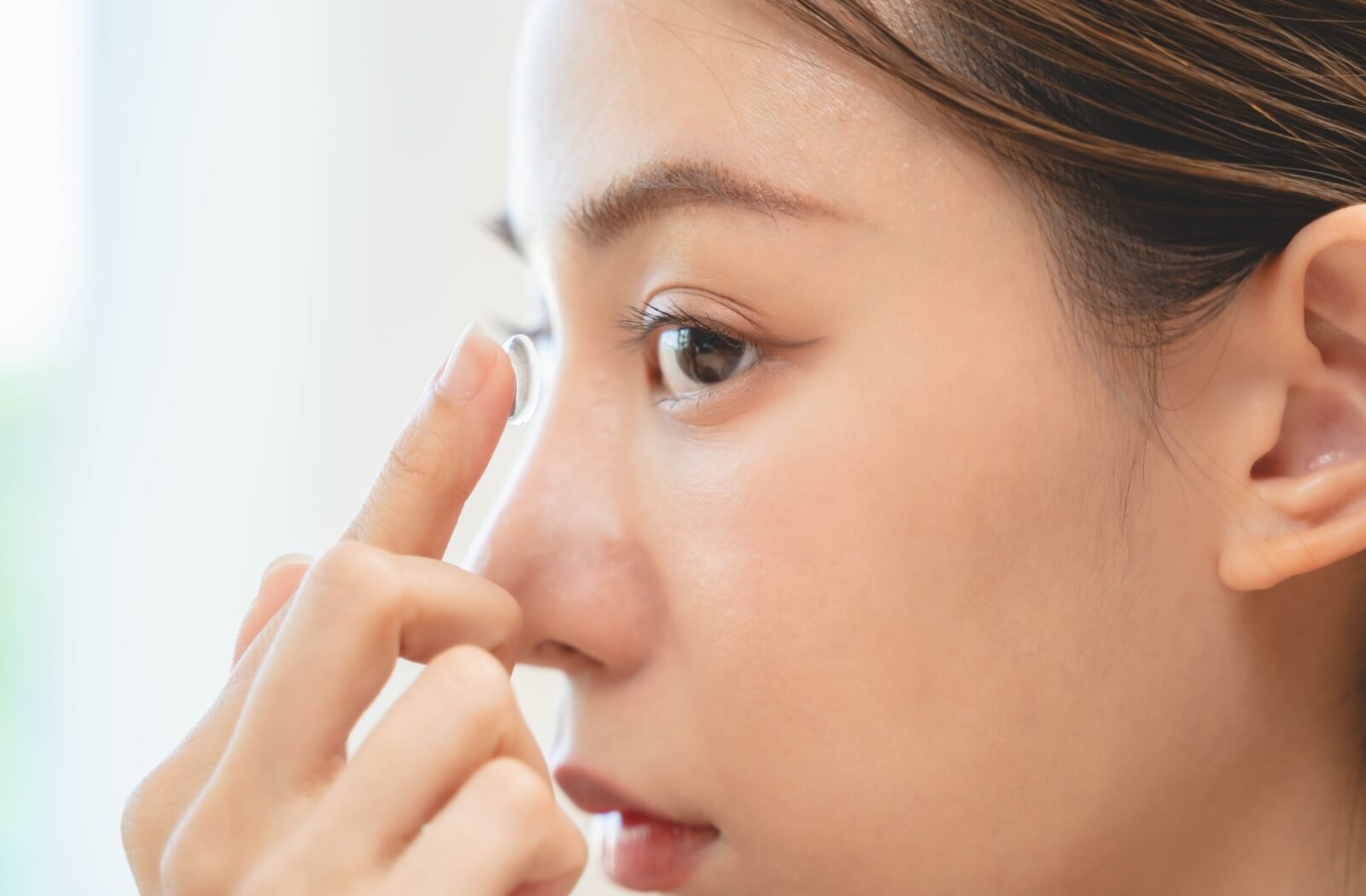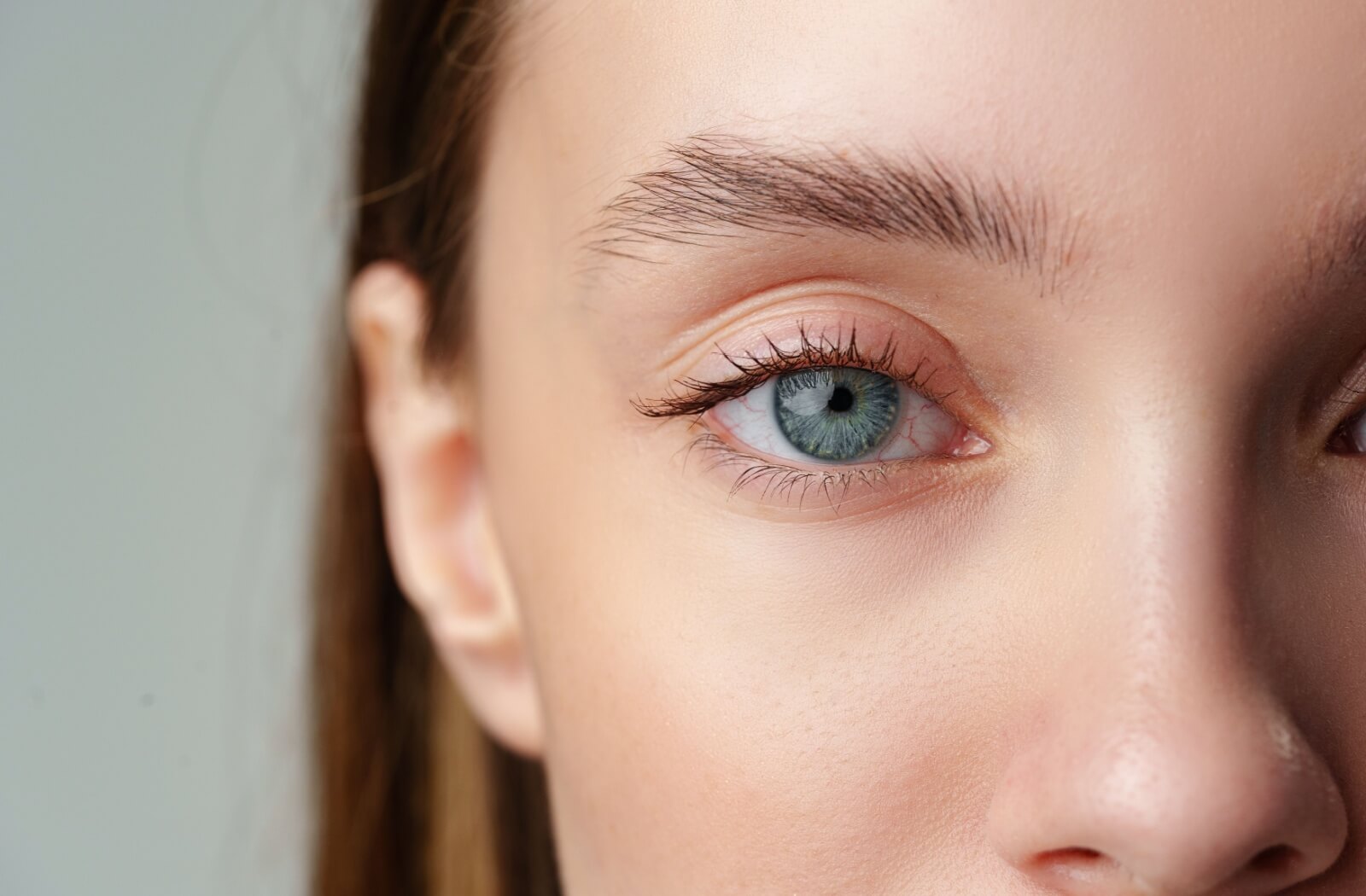From day one, children depend on their eyes to explore and learn about the world around them, and they’ll depend on this essential sense more and more as they grow and develop.
As a parent, we know you want to protect your child’s eyesight as much as possible. One way to do this is to take them for your child an eye examination in order to evaluate not only the health of the eye, but any vision issues that could interfere with development. But how often is an eye exam needed?
Children should have their first eye exam when they’re between 6–12 months, their second exam between 3–5 years, and then every year while they’re in school.
What Happens During Early Childhood Eye Exams?
Newborn
At birth, a pediatrician can perform a vision screening on your newborn to check for basic eye health indicators. They’ll likely do a “red reflex” test to check for early signs of eye disease and other tests to check for blink and pupil responses. Any concerns regarding eye alignment (eye turn) should be brought to your pediatrician’s attention. This is a good time to emphasize high contrast books and toys, tummy time and lots of face-to-face time interacting and talking to your child.
6–12 Months
Between 6 and 12 months, you should take your child for their first comprehensive eye exam by an optometrist. The optometrist will assess visual acuity using preferential viewing techniques, check eye health, healthy eye alignment and movement.
12–36 Months
As your child grows and develops, so does their visual system. Providing your child with an environment that allows those developmental milestones to occur promotes accurate eye teaming (alignment), eye tracking, focusing and convergence. All hand held screens (ipads, phones) should be avoided as they do not promote good vision development.
How Do I Know My Child Needs an Eye Exam?
Children aren’t always able to verbalize (or know) when they have a vision problem. But you can help watch for issues by observing your child for signs of vision problems, like:
- Squinting
- Tilting their head
- Rubbing their eyes frequently
- Trouble following objects as they move
- Losing their place when reading
- Light sensitivity
- Excessive tearing
- Falling behind in school
- Short attention span
- Discomfort and fatigue
- Headaches and eye strain
- Tired eyes
- Seeing double
- Poor hand-eye coordination
- The presence of a misdirection in the eye
- Sitting too close to the TV
- Avoiding using a computer or tablet because it hurts their eyes
- Holding a book too close when reading
- Avoiding activities that require near vision, such as reading or homework
- Avoiding activities that require distance vision, like participating in recreational activities
- Closing one eye to read or watch TV
Causes of Eye Problems in Babies & Children
Eye problems that can be detected during a routine eye exam can include:
- Childhood cataracts
- Blocked tear ducts
- Bumps on the eyelid (chalazion)
- Lazy eye (amblyopia)
- Crossed eyes (strabismus)
- Droopy eyelids (ptosis)
- Short-sightedness (myopia)
- Long-sightedness (hyperopia)
- Astigmatism
- Color blindness
- Pink eye (conjunctivitis)
- Scratched corneas (corneal abrasion)
- Styes (hordeolum)
- Swollen eyelids (blepharitis)
What Happens During a Child’s Eye Exam?
Children’s eye exams are a little different from those for adults since sometimes they are not able to provide as much feedback about what and how they are seeing.
In order to measure visual acuity, we use specially designed charts that allow children to recognize shapes or pictures or match letters, rather than the traditional letter charts you may be familiar with. This means we can test children’s eyes even if they can’t read or recognize letters. Using a technique called retinoscopy, your optometrist can assess whether or not your child has a refractive error (prescription) and needs glasses. Other tests include: depth perception, color vision and eye position. Optometrists know that the test room can feel intimidating to a young child, so they may use techniques to make it feel as welcoming as possible. Researching providers who see children can make you feel more comfortable as a parent.
The First Exam of the School Year: An Eye Exam
All children should receive a comprehensive eye examination prior to starting the school year in order to make sure that there are no vision issues that may interfere with reading, learning and school performance. There are many children who struggle in the classroom who can see 20/20 on the eye chart but struggle with double vision, blurred vision or eye tracking issues that hinder school performance. A comprehensive eye examination is a simple way to know that you are sending your child into a successful school year.
If you have any inquiries or worries regarding your child’s eye health, please make an appointment today! We are conveniently located in Spartanburg, South Carolina’s east side.


